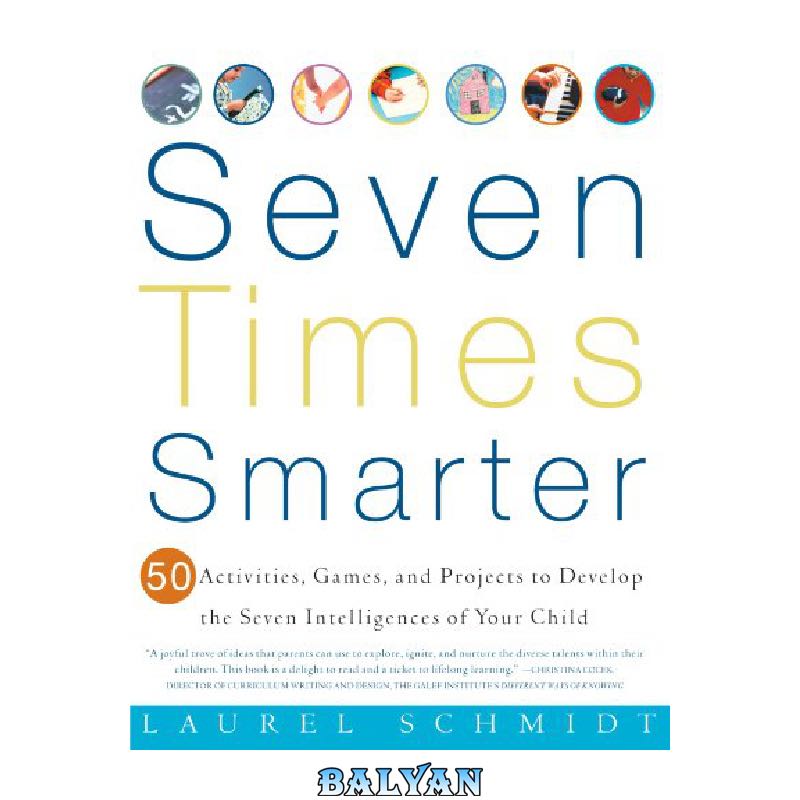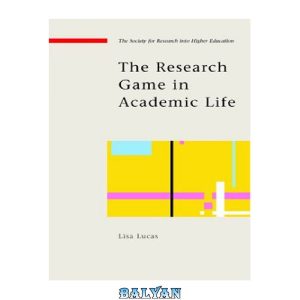There’s evidence of so much more than “reading, writing, and ‘rithmetic” in every child — at least seven distinct intelligences, according to the theory of multiple intelligences, developed by Harvard’s Dr. Howard Gardner. In Seven Times Smarter, veteran educator Laurel Schmidt offers a parent-friendly explanation of this theory and of the ways that kids are — simply put — word smart, picture smart, music smart, body smart, logic smart, people smart, and self-smart. These intelligences aren’t fixed at birth. They can be nurtured and strengthened, meaning that in the right environment, kids get smarter.
Seven Times Smarter, an invaluable resource for parents, teachers, and caregivers, provides the perfect way to create this environment. Unlike other craft or activity books that just fill time and keep kids busy, Seven Times Smarter prompts kids aged six to fourteen to work their brains and cultivate new skills using recycled or low-cost materials found in every home — and enjoy it! It offers an exploration of what it means to be smart, checklists to recognize the seven intelligences in your child, book lists to develop and celebrate all the ways your child is smart, and fifty creative, constructive activities that are good for kids playing alone or in a group, supervised or independently, including:
* Memory Tours — If a memory book is too straightforward for your artistic child, try an un-book, a memory box, or a calendar.
* Hanging Gardens — Indoors or out, even the smallest garden plot can yield a bumper crop of mathematical, linguistic, scientific, and kinesthetic skills.
* The Boredom Brigade — Boredom is a springboard for imagination; imaginary structures, identities, occupations, and friends are just some of the ways kids develop their inter- and intra-personal intelligences.
* Junk Yard Genius — There’s an education in junk; in fact, it’s easy to turn your broken radio, alarm clock, fan, blow-dryer, or scale into a project that could fascinate kids for days.
ترجمه فارسی (ترجمه ماشینی)
باهوش چیست؟
در هر کودکی شواهدی بیش از «خواندن، نوشتن، و «ریتمتیک» وجود دارد – طبق نظریه هوش های چندگانه، که توسط دکتر هاروارد ارائه شده، حداقل هفت هوش متمایز وجود دارد. هوارد گاردنر در هفت بار باهوشتر، لورل اشمیت، مربی کهنهکار، توضیحی برای والدین از این نظریه و روشهایی ارائه میکند که کودکان – به عبارت سادهتر – باهوش، تصویر هوشمند، موسیقی هوشمند، باهوش بدن، منطق باهوش، مردم باهوش و باهوش. این هوش ها در بدو تولد ثابت نیستند. آنها را می توان پرورش داد و تقویت کرد، به این معنی که در محیط مناسب، بچه ها باهوش تر می شوند.
هفت بار باهوش تر، منبعی ارزشمند برای والدین، معلمان و مراقبان، راه عالی را فراهم می کند. برای ایجاد این محیط برخلاف سایر کتابهای کاردستی یا فعالیتی که فقط زمان را پر میکنند و بچهها را مشغول نگه میدارند، هفت بار باهوشتر کودکان شش تا چهارده ساله را تشویق میکند تا با استفاده از مواد بازیافتی یا کمهزینه موجود در هر خانه، مغز خود را کار کنند و مهارتهای جدیدی را پرورش دهند. — و از آن لذت ببرید! این کتاب کاوشی در مورد معنای باهوش بودن، چک لیست هایی برای تشخیص هفت هوش در فرزندتان، فهرست کتاب هایی برای توسعه و تجلیل از همه روش های باهوش بودن فرزندتان، و پنجاه فعالیت خلاقانه و سازنده که برای بچه هایی که به تنهایی بازی می کنند یا بازی می کنند، ارائه می دهد. در یک گروه، تحت نظارت یا مستقل، از جمله:
* تورهای حافظه — اگر یک کتاب خاطره برای کودک هنری شما خیلی ساده است، یک کتاب غیر کتاب، یک جعبه حافظه یا یک تقویم را امتحان کنید.
* باغ های معلق — در داخل یا خارج، حتی کوچکترین زمین باغ می تواند مهارت های ریاضی، زبانی، علمی و حرکت شناختی را به ارمغان بیاورد.
* تیپ کسالت — کسالت سکوی پرشی برای تخیل است. ساختارهای خیالی، هویتها، مشاغل و دوستان تنها برخی از راههایی هستند که بچهها هوش درونی و درونی خود را توسعه میدهند.
* Junk Yard Genius — آموزش در مورد آشغال وجود دارد در واقع، تبدیل رادیو، ساعت زنگ دار، پنکه، سشوار یا ترازو خراب خود را به پروژه ای که می تواند برای روزها بچه ها را مجذوب خود کند، آسان است.












نقد و بررسیها
هنوز بررسیای ثبت نشده است.